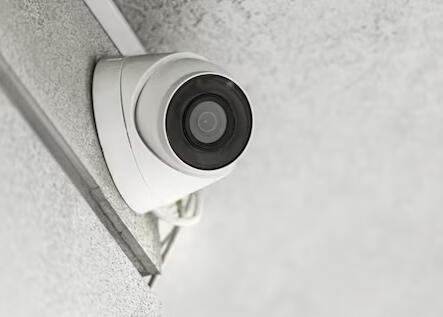Retrieving camera recordings can be a complex process depending on the type of camera and the method of storage. Whether you’re dealing with an SD card from a DSLR, a security camera’s footage, or a smartphone, the general principles remain similar.
1. Basics of Camera Storage
1.1 Types of Storage
Cameras typically use one of the following storage methods:
SD Cards: Common in DSLRs and mirrorless cameras.
Internal Storage: Found in smartphones and some compact cameras.
Cloud Storage: Used by many modern cameras and smartphones, often integrated with services like Google Photos or iCloud.
Network Attached Storage (NAS): Common in professional security camera systems.

1.2 File Systems
Cameras usually format storage devices with FAT32 or exFAT file systems. Understanding these systems can help in data recovery efforts.
2. Common Scenarios for Loss of Recordings
2.1 Accidental Deletion
Pressing the wrong button can lead to accidental deletion of files.
The “Format” function may also erase all files.
2.2 Corrupted Files
File corruption can happen due to improper ejection of storage devices, power failure, or malware.
2.3 Physical Damage
Water damage, dropping the camera, or physical damage to the storage medium can lead to loss.
2.4 Overwritten Files
Continuous recording, especially in loop mode, can overwrite previous footage.
3. Preliminary Steps for Recovery
3.1 Stop Using the Device
If you’ve lost recordings, immediately stop using the camera or storage device to prevent overwriting data.
3.2 Check the Camera’s Internal Options
Some cameras have a “recently deleted” folder that allows for easy recovery.
Look into the camera settings to see if a backup option is available.
4. Recovery from SD Cards
4.1 Software Solutions
Recuva: A user-friendly option for Windows.
PhotoRec: Open-source and supports various operating systems.
EaseUS Data Recovery Wizard: A comprehensive tool that offers a free trial.
Download and Install Recovery Software: Follow the installation instructions carefully.
Connect the SD Card: Use a card reader to connect the SD card to your computer.
Run the Recovery Software: Select the SD card and choose the appropriate scan mode (quick or deep).
Preview and Recover: After the scan, preview the recoverable files and select those you want to restore.
4.2 Manual Recovery
For advanced users, using command-line tools like ddrescue on Linux can recover files by cloning the SD card and extracting files from the clone.
5. Recovery from Internal Storage (Smartphones)
5.1 Android Devices
Google Photos: If backups are enabled, check for lost recordings here.
Data Recovery Software: Options like Dr.Fone or Tenorshare UltData can help recover deleted files directly from the device.
5.2 iOS Devices
iCloud Backup: Check if you have backups in iCloud that include the lost recordings.
iTunes/Finder Backup: Restore from a recent backup that may contain the recordings.
6. Recovery from Security Cameras
6.1 Direct Retrieval
Access the camera’s software interface, often accessible through a web browser or app.
Look for a backup or archive option.
6.2 Network Storage Recovery
If footage is stored on a NAS or cloud service, access the relevant software or app to locate and retrieve recordings.
7. Physical Damage Recovery
7.1 Professional Services
If the storage medium is physically damaged, consider professional data recovery services. Look for companies specializing in digital media recovery to avoid further data loss.
7.2 DIY Repair
For those comfortable with hardware, open the device to check for visible damage (ensure you follow proper procedures to avoid voiding warranties).
8. Preventative Measures
8.1 Regular Backups
Always back up your recordings to multiple locations (e.g., local drives and cloud storage).
8.2 Proper Ejection
Always eject storage devices properly to minimize corruption.
8.3 Use Reliable Equipment
Invest in high-quality storage devices and cameras to reduce the chances of failure.
8.4 Periodic Checks
Regularly check your storage devices for integrity and potential issues.
About us and this blog
Panda Assistant is built on the latest data recovery algorithms, ensuring that no file is too damaged, too lost, or too corrupted to be recovered.
Request a free quote
We believe that data recovery shouldn’t be a daunting task. That’s why we’ve designed Panda Assistant to be as easy to use as it is powerful. With a few clicks, you can initiate a scan, preview recoverable files, and restore your data all within a matter of minutes.
Subscribe to our newsletter!
More from our blog
See all postsRecent Posts
- Data recovery salt lake city utah 2025-04-18
- Data recovery sacramento 2025-04-18
- Data recovery miami 2025-04-18

 Try lt Free
Try lt Free Recovery success rate of up to
Recovery success rate of up to









